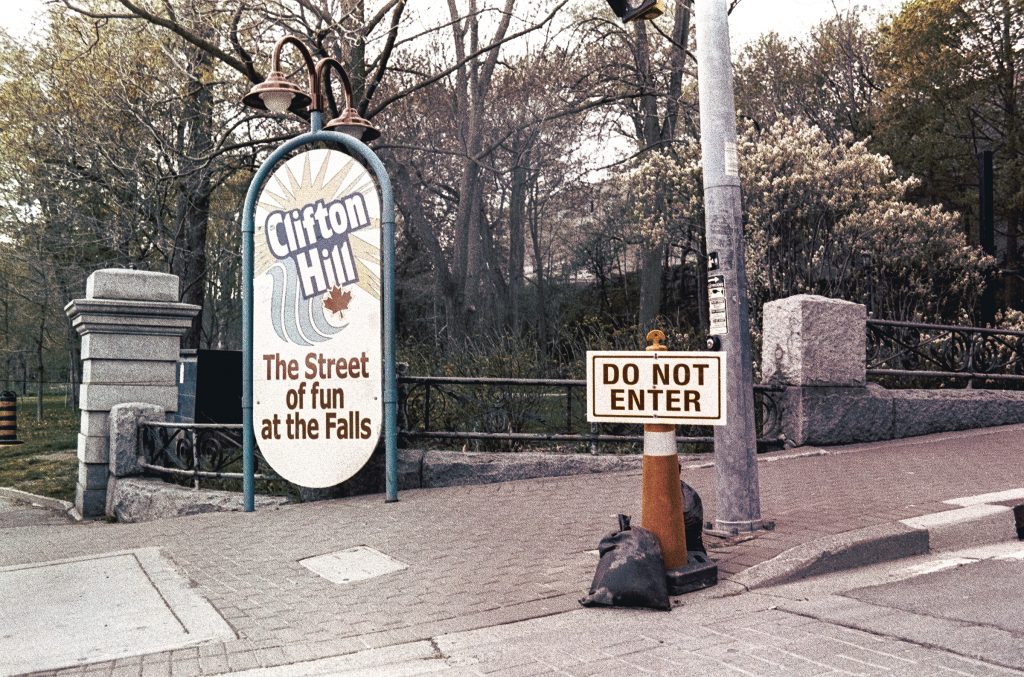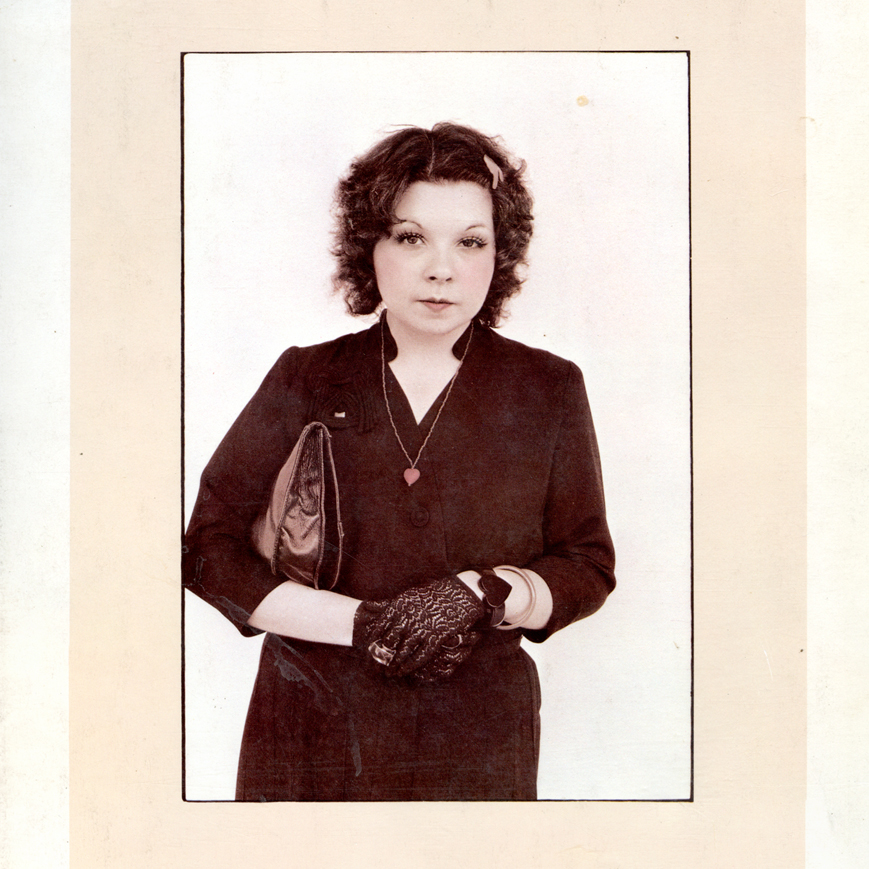In: Canadian photography

Elaine Ling | Baobab #31 – 2010, Madagascar
November 19, 2022Elaine Ling | Baobab #31 – 2010, Madagascar
Ce qui embellit le désert, dit le petit prince, c’est qu’il cache un puits quelque part…[What makes the desert beautiful, said the little prince, is that somewhere it hides a well…]
It is an odd feeling to encounter the work of an artist, seeing how prolific they are and be enamoured of their practice, then discover that they passed a few years ago. I’ve often had the same experience with authors (I have a habit of finding the work of a writer that is new to me, and consuming all the books, and it’s an empty sadness when you realize they won’t be creating any more).
This image is one from a series titled Baobob, by the late Elaine Ling (1946-2016). At her site it is the final series presented, from an extensive and enthralling body of work.
It can be read as having the quality of an epitaph: these massive, seemingly eternal natural ‘monuments’ that have survived her, and will likely survive all of us.
In that manner I have of being ‘too subjective’, Baobob trees remind me of Antoine de Saint Exupéry’s novel Le Petit Prince (1943): to me, it’s a melancholy story, about loss and death, with touching moments of truth that have contributed to how it – despite often being considered a story for children – speaks to many adults, like myself.
“Seeking the solitude of deserts and abandoned architectures of ancient cultures, Elaine Ling…explored the shifting equilibrium between nature and the man-made across four continents. Photographing in the deserts of Mongolia, Ethiopia, Madagascar, Timbuktu, Namibia, North Africa, India, South America, Australia, American Southwest; the citadels of Ethiopia, San Agustin, Persepolis, Petra, Cappadocia, Machu Picchu, Angkor Wat, Great Zimbabwe, Abu Simbel; and the Buddhist centres of Myanmar, Laos, Vietnam, Tibet, and Bhutan; she has captured that dialogue.” (from her site)
Voici mon secret. Il est très simple: on ne voit bien qu’avec le cœur. L’essentiel est invisible pour les yeux [Here is my secret. It is very simple: It is only with the heart that one can see rightly; what is essential is invisible to the eye].
On the first of August, 2016, Elain Ling lost her battle with lung cancer: her brother – Edward Pong – has indicated that he intends to continue to foster her legacy, through the maintenance of Ling’s site.
It is an impressive space with much more about Ling’s life and work – and many more of her moments from her life and around the world – that can be enjoyed here. C’est véritablement utile puisque c’est joli [It is truly useful since it is beautiful].
All quotes in italics are from Saint Exupéry’s The Little Prince .
Elaine Ling was also a recently featured Artist You Need To Know, in AIH Studios’ continuing series. You can enjoy that here.
~ Bart Gazzola
Read More
HAUNTED | DREAMING | CITY | STEVEN LAURIE
December 30, 2022HAUNTED | DREAMING | CITY | STEVEN LAURIE HAUNTED | DREAMING | CITY | STEVEN LAURIE @_steven_laurie_ @stevenlaurie_bw Steven Laurie Photography... Read More

Lana | Transformations by Ruth Dick
June 1, 2022Lana | Transformations Photos by Ruth Dick Lana Series, Before, Image 3 - Photo by Ruth Dick LANA | TRANSFORMATIONS Photos... Read More

Necropolis | Jon Lepp
May 18, 2022Necropolis | Jon Lepp Necropolis | Jon Lepp, The Open for Business Series @deadendstories Photographs, [Virginia] Woolf claims, "are not an... Read More

Gabrielle de Montmollin | Weird Baby World – Femme Folks Fest Repost
March 14, 2022Gabrielle de Montmollin’s installation Weird Baby World is both engaging and eerie, employing iconography that is evocative and somewhat unsettling. Bart Gazzola offers a response to this street level exhibition, on display at Niagara Artists Centre (NAC) in St. Catharines.
Read More
The Banff Purchase – An Exhibition of Photography in Canada
October 22, 2021The Banff Purchase
An Exhibition of Photography in Canada
John Wiley and Sons, 1979
It never ceases to amaze me how many incredible books one can find at local used bookstores and antique markets. The Banff Purchase is one of them for me. Published in 1979 to celebrate the Banff Centre’s purchase of 153 photographs by seven contemporary (at the time) Canadian photographers, the book is a treasure trove of work by the likes of Nina Raginsky, Orest Semchisen, Lynne Cohen and others. The introduction by Penny Cousineau presages her work to clarify a Canadian artistic identity, as published a quarter century later in Faking Death, previously reviewed on curated here.
Semchisen’s work is a dustier, emptier distillation of Walker Evans’ Depression Era work in the American south. Lynne Cohen is known for her large scale, uninhabited set pieces. Nina Raginsky’s playful, hand-tinted portraits often portray people who are IN the scene, but not OF the scene. Also accompanied by the works of David McMillan, Robert Boudreau, Tom Gibson and Charles Gagnon, the images that comprise The Banff Purchase are a great starting point for anyone wanting to get to know the history of Canadian photography.
Long out of print, you can find this book quite inexpensively in the aforementioned places, or online.
For more images see the full post here.
~ Mark Walton
Read More
Faking Death
July 24, 2021Penny Cousineau-Levine
Faking Death
Canadian Art Photography and the Canadian Imagination
McGill-Queen’s University Press
Penny Cousineau-Levine’s “Faking Death” is considered by many to come closest to defining the characteristics of “Canadian” art; specifically the photographic arts but her conclusions can be applied to visual, performing and literary arts as well. She posits that the photographs she used for her study (all artistic photos by a select group of artists taken between 1950 and the 1990’s) are rarely about the referent… as she puts it, “a pipe in Canadian photography isn’t usually a pipe. It’s probably a crucifix”. This “dislocation” is at odds with straight American documentary photography, where the “truth” of the image is its most important characteristic.
The book, although academic in tone (indeed it was written in an attempt to describe to her university students the notion of a Canadian tradition of art), is a captivating read and draws many more fascinating conclusions. Once enlightened by her observations, you can’t help but see the characteristics she lays out in almost every piece of Canadian work.
This book is a MUST read for all Canadian artists and art lovers. It is available at McGill-Queen’s University Press. ~ Mark Walton
Read More
Saskatchewan: Uncommon Views
June 9, 2021Saskatchewan: Uncommon Views, John Conway, 2005
Full disclosure: I know John Conway, as our tenures in ‘next year’s country’ of Saskatchewan overlapped, and I obtained a copy of Uncommon Views when it first came out. Saskatchewan visual culture is rife with stereotypical landscapes, but Conway offered something different, whether it be the vibrant variety of colours or the almost irreverently morose tone. Conway would leave Saskatchewan for B.C. not long after this book was published, and I would depart ten years later, so in some ways Uncommon Views is a memento, or perhaps a memento mori. John’s words resonate with me: ‘Collectively, the photographs tell something of the story of this place that was my home for much of my adult life. Themes from this story of Saskatchewan are: Promise, Survival, Sentimentality, New Jerusalem, Quirky, and Quietus.’
Accompanying texts from Sharon Butala, David Carpenter and Helen Marzolf all offer a considered response to Conway’s images, by writers who understand that “the plain is a metaphysical landscape…where there is almost nothing to see, there [one] sees the most.” (Wright Morris)
Originally published by the University of Alberta Press (a prophet is without honour in their own country, ahem, as ironically the year of publication was Saskatchewan’s centennial year), Uncommon Views is now out of print, but copies can be purchased from the artist. ~ Bart Gazzola
Read More
Untitled, from Joe Martz’s Underpass series
July 15, 2021Waterloo Ontario based photographer and graphic designer Joe Martz has a strong eye for the architectural. His ability to capture the beauty in the details and structure of buildings and infrastructure we barely notice as we walk by them is powerful. One cannot help but begin to seek them out on one’s own after seeing his work.
A member of the foto:RE collective, Joe seeks the “strong lines, patterns and symetry” of a subject and often tries to find an “abstract perspective to present a different view”.
Joe’s work can be found on Instgram @joemartz and at joemartz.com – Mark Walton
Read More
Gabrielle de Montmollin | Weird Baby World
August 13, 2021Gabrielle de Montmollin’s installation Weird Baby World is both engaging and eerie, employing iconography that is evocative and somewhat unsettling. Bart Gazzola offers a response to this street level exhibition, on display at Niagara Artists Centre (NAC) in St. Catharines.
Read More
Recent Comments